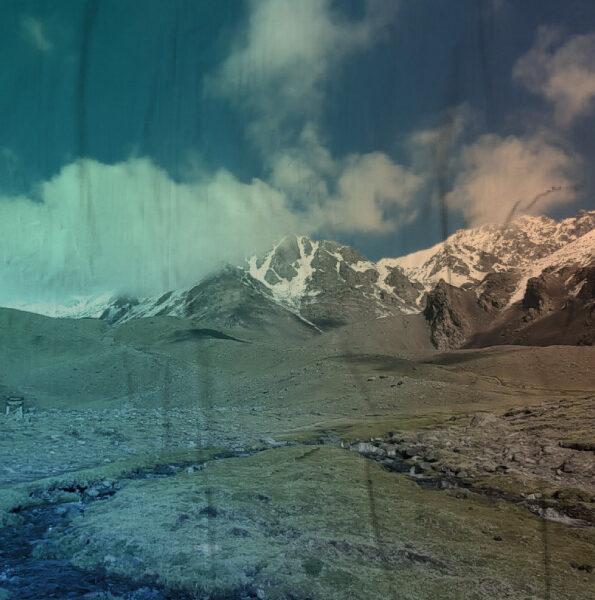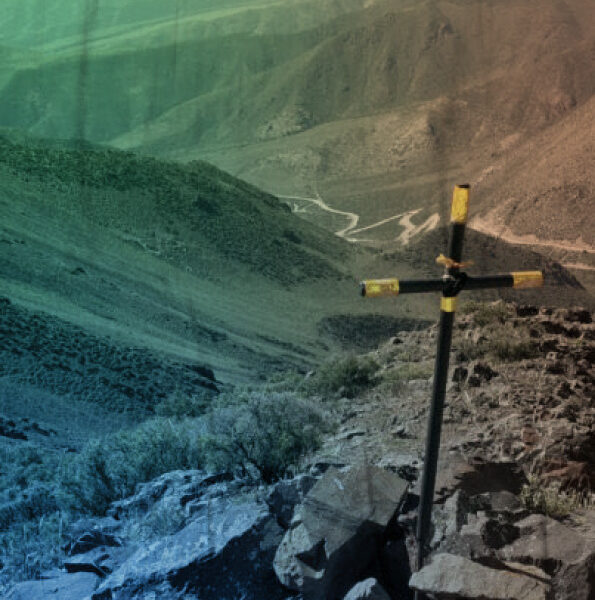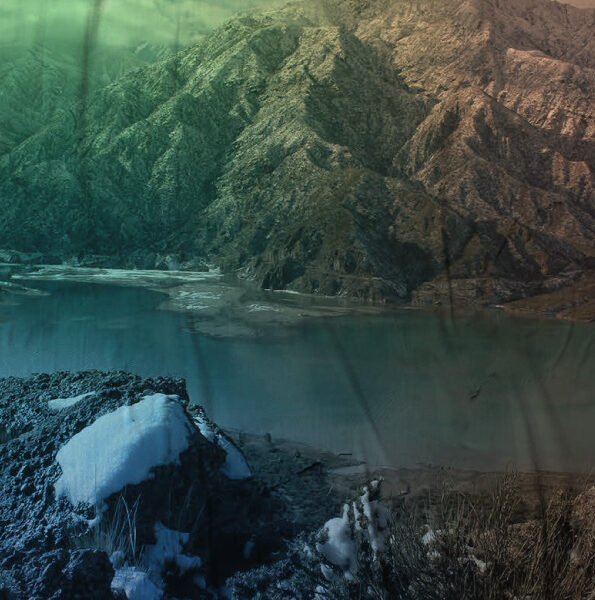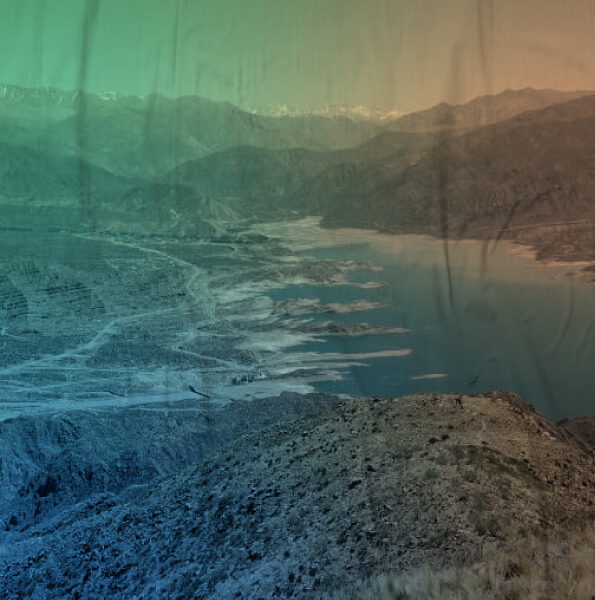We recommend you download the following documents
and read carefully.
Mountain Equipment
At Goldengruss Turismo, we make a meticulous list with all the mandatory equipment. Once the activity has started there are no possibilities to rent or buy if something is missing.
Before starting the Ascent in Mendoza, the Goldengruss Turismo guides will carefully review all the equipment. This is done, thinking about the safety of each of our clients.

- Mountain boots: For high altitude camps, the best option is a triple boot since it gives us comprehensive protection from the cold, snow and terrain. Another option will be a double-type mountain boot. Both models have an inner liner that is removed from the boot. Simple boots are not suitable for Aconcagua.
- Leggings: It is only required in case you use double boots, make sure that they adapt correctly to your leg and footwear. With triple boots they are not necessary.
- Trekking shoes or boots: Comfortable footwear suitable for mountain activities. They will be used during the approach and in the base camps.
- 4 pairs of thin socks: Preferably synthetic, they can be worn in combination with the thick ones or alone during the approach. The height of the stocking must exceed the height of the footwear you use to avoid injuries.
- 2 pairs of thick or medium socks: In this case they may be mixed, synthetic and wool stockings, depending on your preference. It is important that the average is NOT excessively tight.
- Sandals: 1 pair of sandals or comfortable slippers will be useful if your itinerary includes river crossing or for rest in the camps.
- Booties: Although they are optional, they are highly recommended, both for the base camp and for the high camps, with a sole they would be ideal.

- First skin gloves: Thin, synthetic gloves that fit your hand well. It’s a good idea to bring an extra pair, but not required.
- Warm gloves: Polar or similar waterproof gloves are recommended, ideally they can be worn in combination with first skin gloves. We suggest that they not be excessively long, they will bother you with the parka. Focusing on their quality is not a minor detail.
- Mittens: Mandatory due to the low temperatures during summit day. Their size is important, you should be able to wear them together with the first skin, but they should not be excessively large.

- Expedition backpack: It must have a capacity of at least 75 liters. The waist is essential, it must be well adapted to the body.
- Approach backpack or day pack: Although it is not mandatory, it will help us on the approach days and the hike out. It must have a capacity between 25 and 45 liters.
- Duffel bag: Ideally, it should be waterproof and durable, we will use it to carry a large part of the equipment on the mules and leave part of it in the base camps. They mainly protect our gear from possible damage including the backpack. We recommend bringing 2 of 150 liters. In the mules, everything must go inside them.
- Plastic bottles: Wide-mouthed bottles are the most appropriate in order to facilitate filling at high camps. With two bottles of one liter each, it will be enough. Having thermal insulators for the bottles is vital, make sure they fit correctly.
- Thermos: Stainless steel thermos with a wide mouth and lid to use as a glass, with a capacity of 750 cc or 1 lt is ideal. It is extremely important to drink hot liquids, especially on summit day.
- Camel back: Although in the high camps it is not very useful since it can freeze, during the approach it is.
- Covered: A plastic fork and spoon are better than metal ones. A razor or knife is always useful.
- Dish: Ideally, it should be made of plastic and have the capacity to serve liquids with an appropriate size for the amounts that we usually eat. It can be a tupper or similar, it is recommended that it has a lid.
- Cup: Both for breakfast and for infusions, it is highly recommended to have a cup that maintains heat and that has a lid.
- Pee Bottle: It will prevent us from having to leave the comfort of our sleeping bag and get cold. Hydrating is key to go to the summit, which is why we usually go to the bathroom several times during the night.

- First layer/ interiors: They will be those that will go on our skin, they must be comfortable and adapt perfectly in order to allow the use of the following layers. Merino is the ideal material. We suggest having 2 of different thickness.
- Light trousers: Comfortable and quick-drying long pants that protect us from the sun. They will be worn during the approach and hike out.
- Trekking pants: For mid-mountain, synthetic or elasticated soft shells are ideal. Mainly to use in the high camps.
- Rainproof pants: Light, breathable and waterproof gore tex or similar pants. They can be worn together with the interiors or with the coat pants. The main function is protection from the wind and the snow.
- Warm pants: Primaloft or similar pants that have full side zippers are highly recommended. Mainly for the high altitude camps and the summit day. Optional, but highly recommended.
- Comfortable pants: Warm and comfortable pants for base camp are a good idea. They are 100% optional.

- Buff: It is very versatile, it protects from the sun and wind. We recommend bringing 2 or 3 at least.
- Balaclava: The wind in the mountains is usually a big problem, this element will protect us. It is usually only worn on summit day, but it can make a difference.
- Sun hat: Any hat for this purpose is functional if it protects our ears much better.
- Warm cap: The ideal thing in this type of garment is that they are not too tight, since we generally sleep with them and that they are windstoppers. It is important that it provides us with ear protection.
- Sunglasses, mountain: We need total protection from the sun and wind. Both rays and reflections are harmful to our eyes, therefore, those with side protection are the ones you need. They must have UV 3 protection at least.
- Goggles: In a stormy situation with a strong wind, they are the element that would allow us to go to the summit. Like the glasses, they must have UV protection.

- Sunscreen and lipstick: We suggest having the best ones possible, both for the body and the lips. Solar radiation in South America and at high altitudes is very strong.
- Personal hygiene kit: Personal hygiene items: toilet paper, toothbrush, toothpaste, soap, creams, other items that you consider necessary.
- Personal medications: Any medication that you take on a permanent basis and which you cannot do without. Don’t forget to tell your guide.
- Optional: Camera, music, books, Tablet,

As in the legs we follow the style of clothing by layers.
First layer
- Short sleeve t-shirts: They are ideal for the approach and hike out. We recommend that you have 2 for replacement. Not cotton
- Long sleeve t-shirts: They are ideal for high altitude camps. Two of them is enough, although it is optional we suggest that at least one of them has a high collar and hood. Not cotton.
- Relaxation T-shirts: We recommend one or two t-shirts for rest days, they can be made of any material. Feeling clean generates well-being.
Second layer
- Warm jacket: Polar jacket or soft shell or windstopper. We need at least two of these jackets that can be used in combination. It is highly recommended that they have a hood and pockets with zippers. As far as possible they should cover part of the hip.
Third layer
- Warm jacket: Preferably down with a hood, it will be super useful throughout the expedition. It must be able to be worn in combination with the 1st and 2nd layer.
- Parka: An indispensable element, it provides us with the necessary shelter for summit day, at the same time it protects us from the wind and snow. It is used as the outer layer.
- Rain jacket: A Gore tex or similar jacket will protect us from wind, rain or snow, even during the approach. Light and wide enough to be worn in different situations.

- Sleeping bag: A good rest is ideal, we recommend feather sleeping bags with a comfort temperature of -30ºC/ -20ºF. Compression bags are extremely useful to facilitate the transportation of the sleeping bag.
- Insulating mat: The objective is to insulate the cold coming from the ground and give greater convenience and comfort.
- Therm a rest:/ inflatable mat: Although the latter is optional, this inflatable mat is highly recommended to provide greater comfort, it must cover the entire body.
- Helmet: Element of mandatory use, check that you can use it correctly -not too tight or loose and make sure the strap under your chin is locked- even with the warm hat underneath.
- Crampons: In extremely hard ice or snow situations, they will be indispensable. They may be strap-on or semi-automatic. It is important that they fit your boot perfectly.
- Ice axe: It is used in a few situations, but it will be required just like crampons for ice or hard snow.
- Headlamp: Good lighting during the day at the summit or in the camps at night is essential, make sure you have new batteries and a spare set.
- Warm hands and feet: Although they are optional, they generate great comfort. 6 pairs of them -in total- will be enough.
- Trekking sticks: Of the telescopic type, they are the most versatile, they will help us a lot during the march distributing part of the weight in the arms and to have a better balance, especially with heavy backpacks or balance steps.




